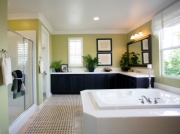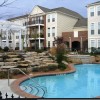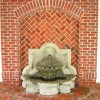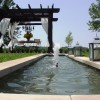Maintenance Tips: Whirlpool Tubs
According to the Study of Life Expectancy of Home Components, which was prepared in 2007 by the National Association of Home Builders (NAHB), the average life expectancy of a whirlpool tub is 20-50 years (number based on the fixture itself, not the circulation system). The life expectancy of the circulation system (the pump, fittings, and piping) will vary depending on the amount of use. A whirlpool tub should be maintained like any other bathtub or shower, with one exception: what you don't see. A whirlpool tub's circulation system isn't readily visible, providing a perfect environment for the growth of bacteria.









